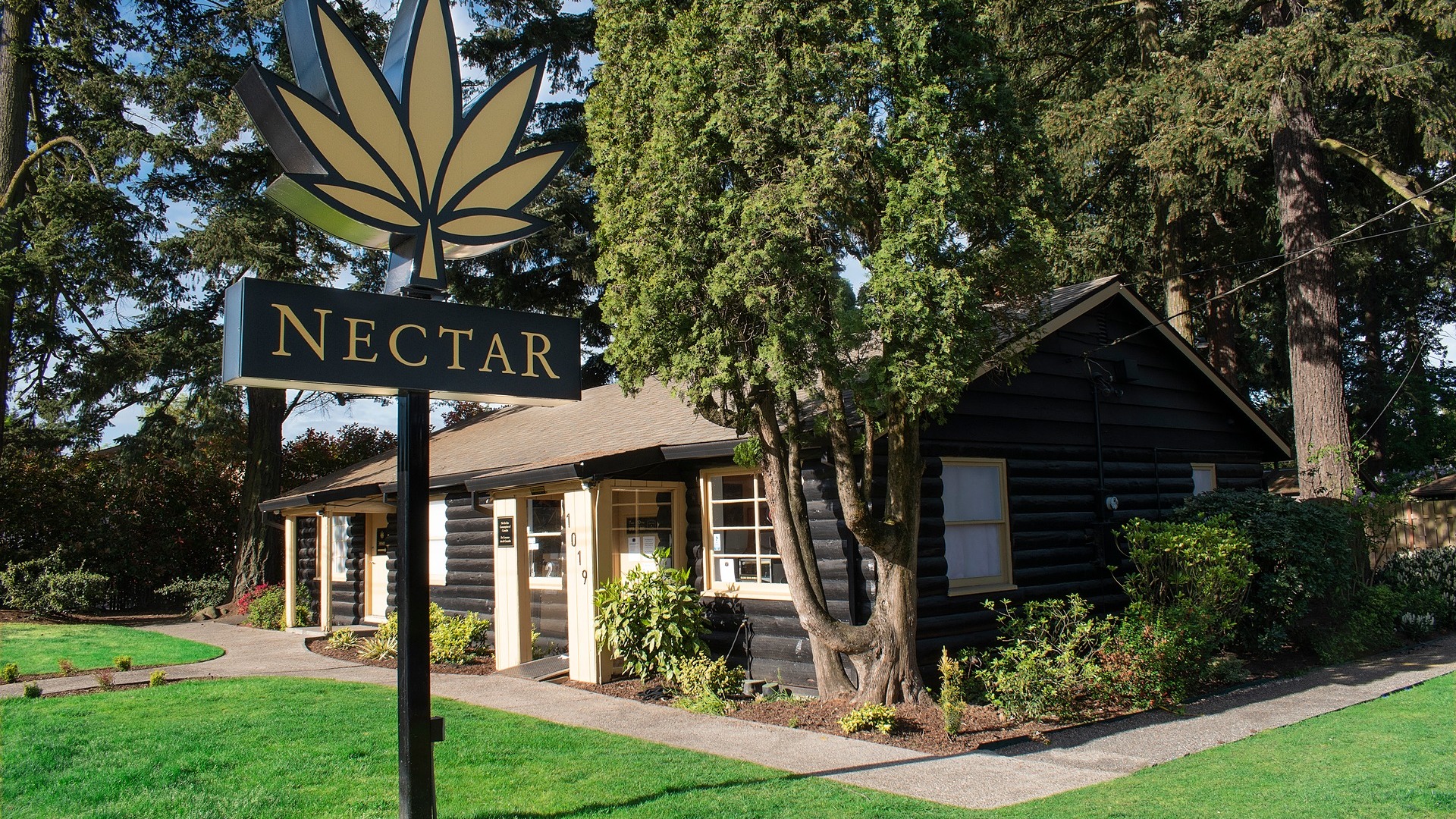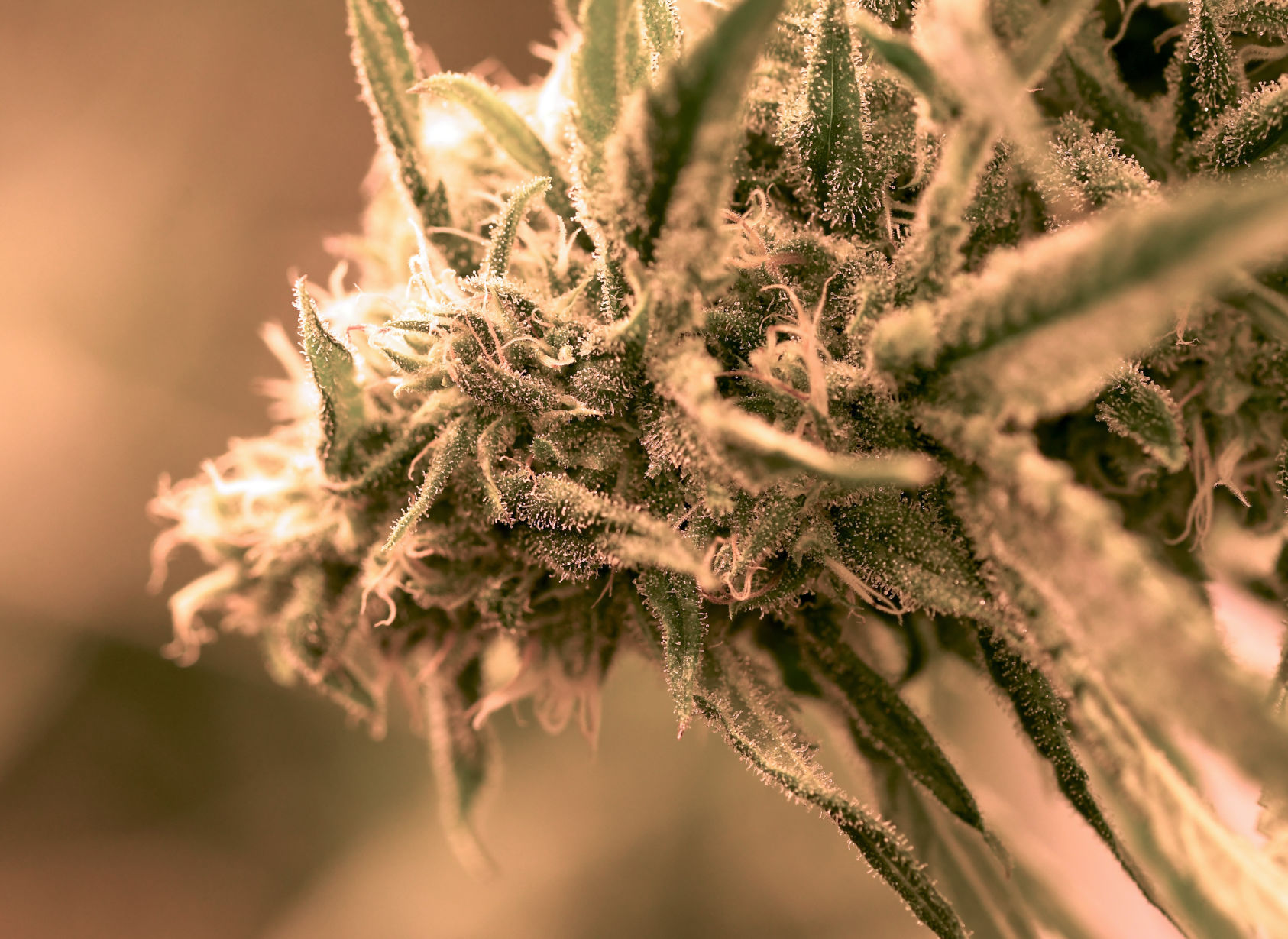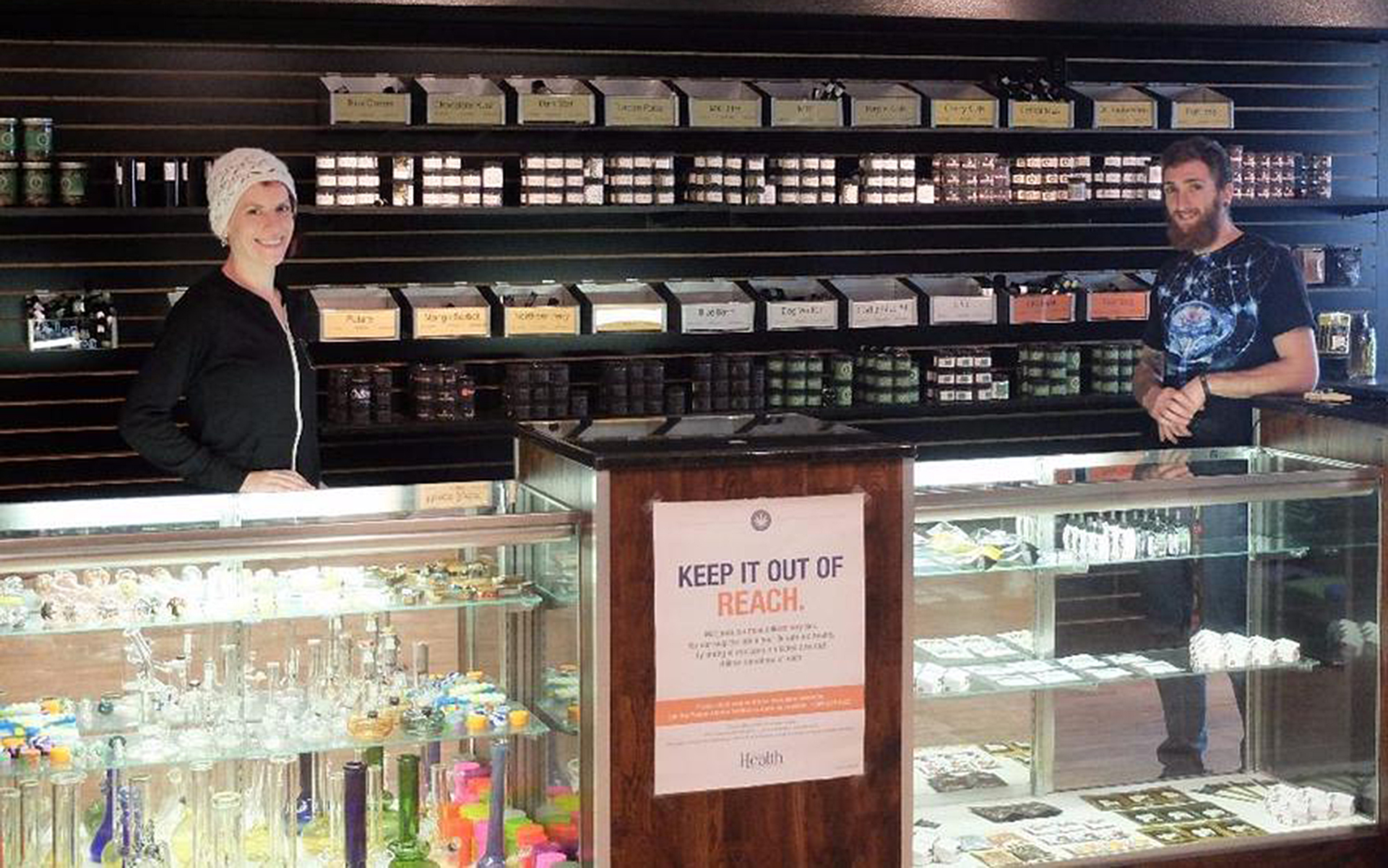


Many of these heavy metals are taken up by the plants growing in contaminated soil and show elevated levels in plant tissues as compared to plants grown in control soils 7, 8, 9, 10, 11, 12. In multiple regions around the world, the soil and water reservoirs are contaminated with heavy metals, especially within and surrounding urbanized and industrialized areas, mining and fossil fuel extraction sites, and heavily-used agricultural regions 1, 2, 3, 4, 5, 6. The bees’ ability to detect and consume these toxic metals highlights the risk of exposure to these elements for bees living in or near contaminated environments. These differences likely represent unique mechanisms for detecting each metal and the pathology of toxicity. Lead appeared to be palatable at some concentrations and altered the bees’ sensitivity to and/or valuation of sucrose following antennal stimulation or ingestion of the metal. Ingestion of copper did not alter sucrose sensitivity. Copper was rejected following antennal stimulation, but was readily consumed following proboscis stimulation. Cadmium was not rejected in any of the assays, and ingesting cadmium did not alter sucrose sensitivity. The metals elicited three different response profiles in honey bees.

We investigated whether honey bees reject sucrose solutions contaminated with three heavy metals – cadmium, copper, and lead – as a measure of their ability to detect the metals, and whether ingesting these metals altered the bees’ sucrose sensitivity. At sufficiently high concentrations, heavy metals are lethal to honey bees, but little is known about how sublethal doses affect honey bees or whether they will consume contaminated food. Once we became obsessed with the variety of products that we could make from Hemp, we took it upon ourselves to spread the word! For the last 20 years, we’ve been striving to serve the Australian hemp industry with high-quality hemp products that you know and trust.Heavy metal toxicity is an ecological concern in regions affected by processes like mining, industry, and agriculture. We found Hemp through a pathway that began with looking for non-synthetic alternatives to everyday products. At this point, anything with more than 1% THC is considered medical or illegal cannabis. ‘Marijuana’/Medical cannabis = Any plant with over 1% THC Content. Industrial Hemp = A Plant with under 0.3-1% THC (Depending on the country and state)Ģ. It’s a bit of a complicated topic, but we break it down a bit more in our blog about Hemp and Marijuana’s difference.ġ. Hemp and Marijuana are two different breeds of the same plant. However, with modern revelations, it’s more important than ever to understand the different varieties. A second question - Why did we outlaw the entire plant, not just the compound? Hemp’s the relation to ‘Marijuana’, the potent flower that produces high amounts of the psychoactive compound ‘THC’ is supposedly why. One question - why did we stop growing Hemp? It has something to offer for everybody - and that’s no exaggeration! Are you looking for eco-friendly clothing, chemical-free skincare products, or an incredibly reliable source of protein for your vegan diet? We think Hemp might just be the answer.įor over 20,000 years, Humans have domesticated this plant to provide for growing civilisations. When it comes to Industrial Hemp, it can be tough knowing where to begin.


 0 kommentar(er)
0 kommentar(er)
